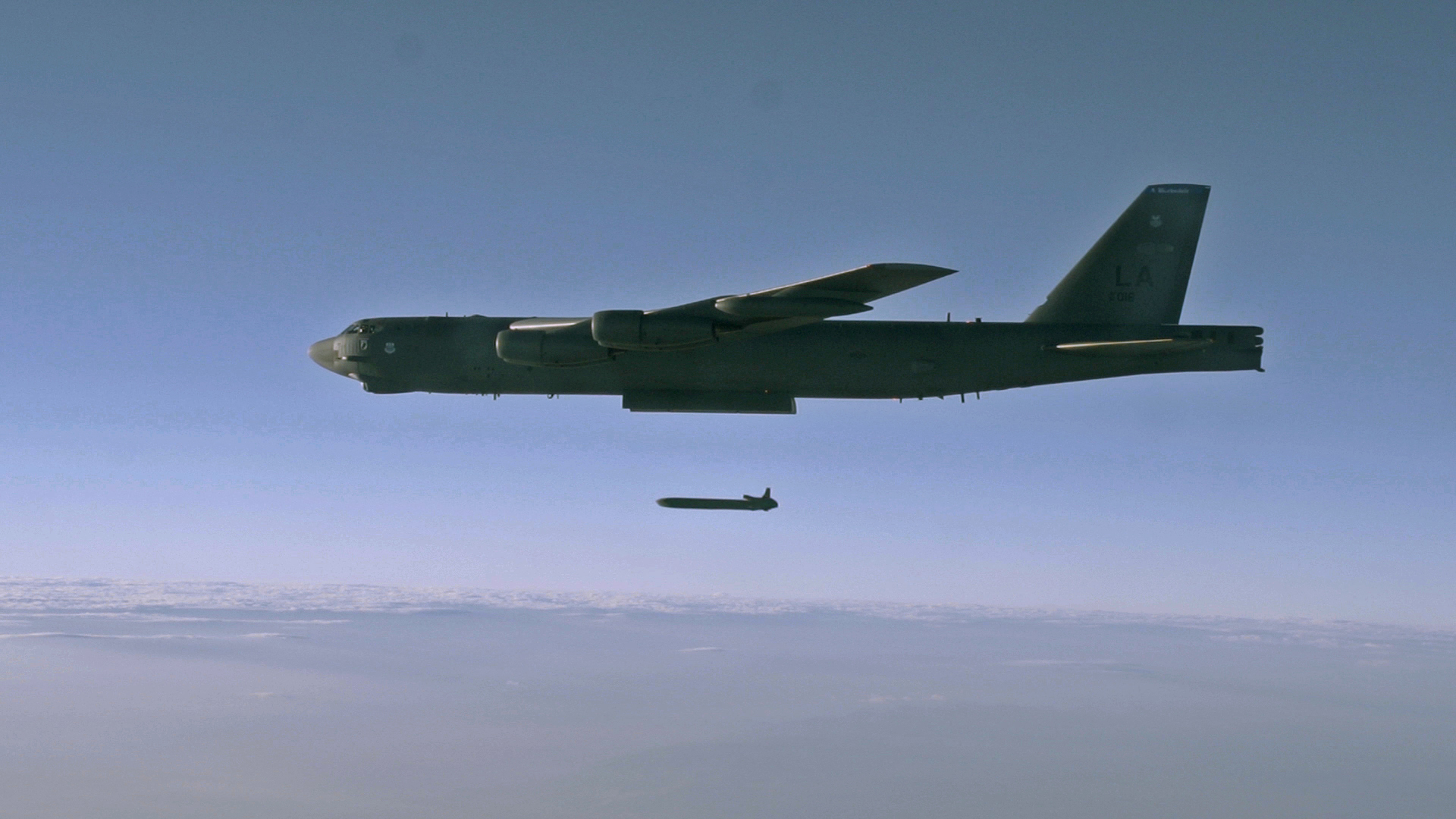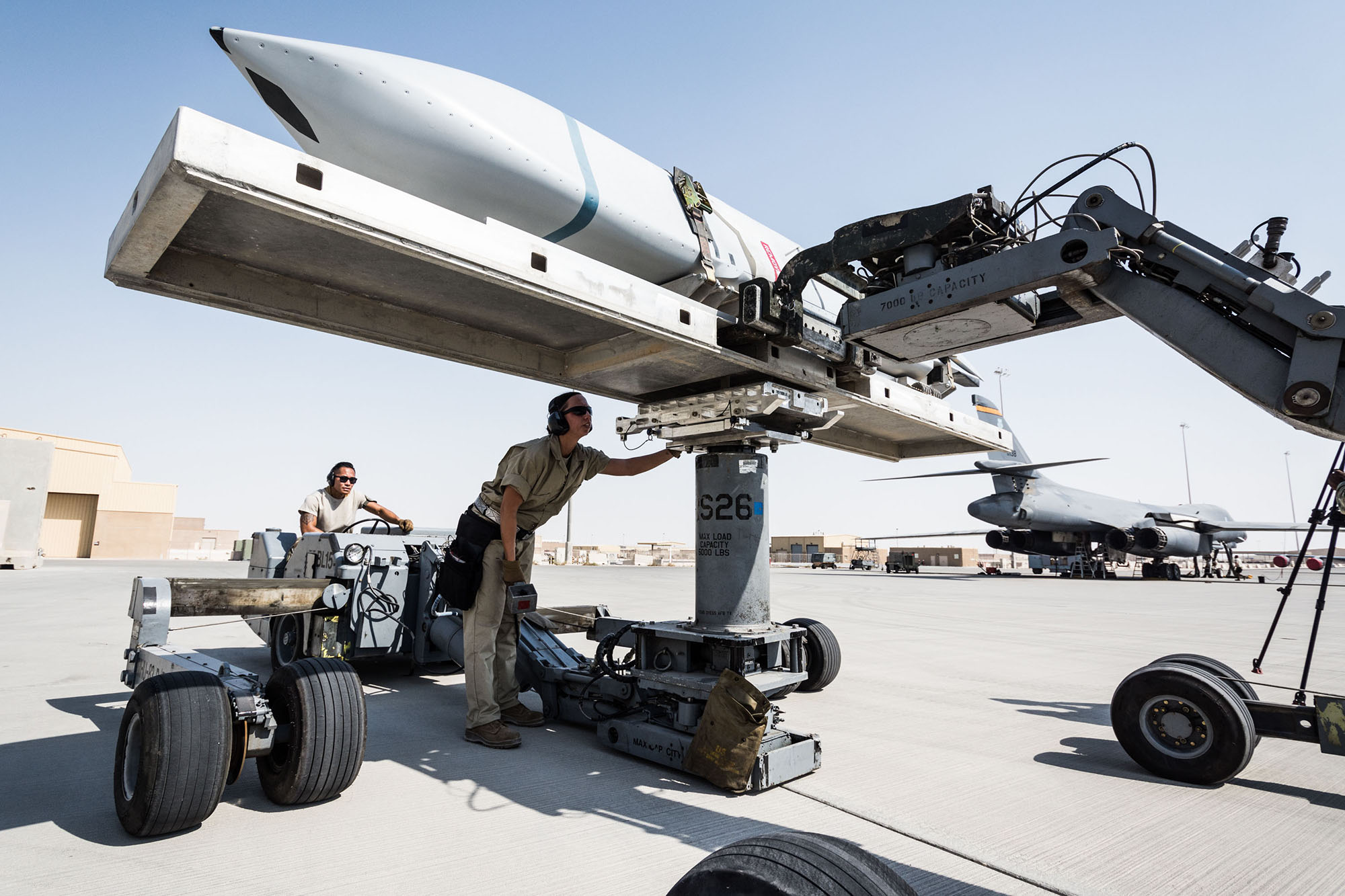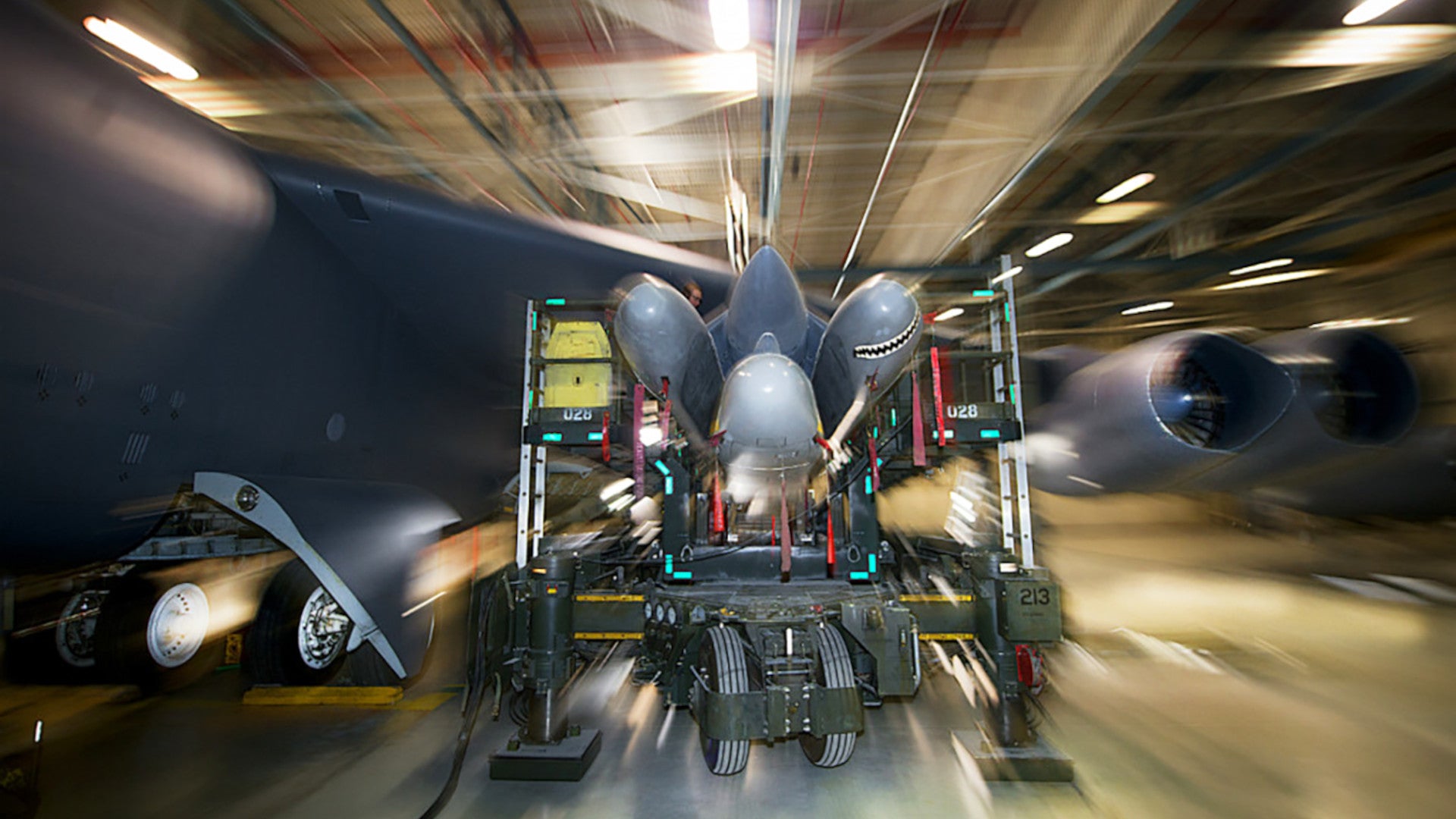- Joined
- 21 April 2009
- Messages
- 13,149
- Reaction score
- 5,996
Also in the budget request, the NNSA wrote that the nuclear warhead for a sea-launched cruise missile proposed by the Donald Trump administration, and so far supported by the Biden administration, will be a variant of the W80-4 warhead being prepared for the Pentagon’s next air-launched cruise missile, the Long Range Standoff Weapon.
Work on the sea-launched cruise missile program has to start in fiscal year 2022, NNSA said. A W80 alteration for the sea-based weapon will run on the same production line as the air-based weapon, similar to the way the agency handled a variant of the Navy’s smaller submarine-launched ballistic-missile warhead in 2019. That year, the Pantex Plant in Amarillo, Texas, kept the line used for the W76-1 warhead refurbishment running to create a small, so-far-undisclosed, number of lower-yield W76-2 warheads.
The NNSA plans to produce its W80-4 first production unit, a proof-of-concept article intended to prove the design and manufacturing line is ready for mass production, in fiscal year 2025. The Air Force plans to deploy the Long Range Standoff Weapon around 2030.

NNSA '22 Budget Details: SRS Pit Costs Balloon; W80 Alt for Sea-Launched Cruise Missile; B83 Sustainment Price Tag - ExchangeMonitor
Among the highlights of the National Nuclear Security Administration’s detailed fiscal year 2022 budget request: it will cost more than double what thewww.exchangemonitor.com
Should be coming off an advanced 3D production line like sausagesThe only way pit costs will come down is to produce more than onsies and twosies.

Any information on what engine system this will utilize? I’ve been looking and can’t seem to find anything.
Having thought about it, my moneys on some upgraded version of the F107.I think it's common agreement that LRS-O wil be subsonic, but for historical referense - https://www.secretprojects.co.uk/threads/supersonic-turbine-engine-for-long-range-stelr.24174/

Did not realize it had been given a designation.
"“We have not started any conversations” with Air Force Global Strike Command about pursuing a conventional version of the in-development Raytheon Technologies AGM-181 Long-Range Stand Off missile, the nuclear successor to the AGM-86B with a range reportedly in excess of 1,800 miles, he said. AFGSC boss Gen. Timothy M. Ray said earlier this year that a conventional version of LRSO would be worth pursuing, just as a conventional version of the air-launched cruise missile was developed and used in conflicts since Operation Desert Storm in 1991. But he said he had not issued a requirement for such a weapon."

As Air Force Ramps Up JASSM, Work Begins on its Replacement | Air & Space Forces Magazine
The US Air Force is already discussing what comes after the AGM-158 Joint Air-to-Surface Standoff Missile, even as JASSM production expands.www.airforcemag.com
Like THAAD, AMRAAM, GBI, JASSM, JSOW, etc. it probably won't. We can probably blame lawyers.Did not realize it had been given a designation.
"“We have not started any conversations” with Air Force Global Strike Command about pursuing a conventional version of the in-development Raytheon Technologies AGM-181 Long-Range Stand Off missile, the nuclear successor to the AGM-86B with a range reportedly in excess of 1,800 miles, he said. AFGSC boss Gen. Timothy M. Ray said earlier this year that a conventional version of LRSO would be worth pursuing, just as a conventional version of the air-launched cruise missile was developed and used in conflicts since Operation Desert Storm in 1991. But he said he had not issued a requirement for such a weapon."

As Air Force Ramps Up JASSM, Work Begins on its Replacement | Air & Space Forces Magazine
The US Air Force is already discussing what comes after the AGM-158 Joint Air-to-Surface Standoff Missile, even as JASSM production expands.www.airforcemag.com
I too did not realise that the Long-Range Stand Off Missile had been given a designation either, when did that happen? I also wonder when it will be given an official name like the Tomahawk cruise missile.
That's apparently CUI (Controlled Unclassified Information) and therefore not available to the public. Never actually heard of that classification until now. Full rate production is currently down for mid-2029 though.No idea it was testing already. When is LRSO IOC ?
I wonder if CUI would stop all the data leaks that have been happening over the course of the last few years. Though I would have thought that to keep prying eyes away from sensitive information would be to keep it away from the civilian internet and have it all on a carefully monitored Intranet.
An Air Force project flying, functioning, and (seemingly) on schedule?
We can probably blame lawyers.
AGM-129 took a while too as I recall.It took a decade for the F-117A to be revealed to the public for the first time, so I would imagine that the new USAF project will be exactly the same. Almost forgot about the Northrop Whale or Tacit Blue as it was officially known.
Because the possibility of offending the perpetually offended is so high. Why risk a lawsuit over a name chosen that offends somebody or could be construed as a trademark/copyright infringement (it's how we got "Fighting Falcon")? That and it costs money. (Certainly less than the challenge coins I'd think though.) Maybe it would be better to blame the bean-counters.Why would lawyers be at fault?
zero

A nuclear missile image might take a lot longer given the comparative scarcity of deployment.

USAF Solicitation Outlines Planned LRSO B-52 Integration | Aviation Week Network
The U.S. Air Force is looking for a company able to integrate the upcoming nuclear Long-Range Stand Off cruise missile on the B-52.aviationweek.com
It seems that only two dozen B-52s would be capable of nuclear operations at any given time. That would equal about ~500 missiles in a single salvo (assuming you could attach the wing/rotary units to any fully mission capable B-52) out of a planned LRSO buy of 1000 units.
The B-21 is also supposed to be an LRSO platform, isn't it?
I would think that th B-21 crews would want the LRSO cleared as soon as possible, possibly just as it is entering service.
Yes, I was speaking just to the B-52 fleet which will employ the LRSO as its sole strategic weapon. Though as a practical matter, I suspect it takes awhile for the B-21 fleet to have LRSO integrated.
Being the weakest leg of the nuclear triad is a travisty of injustice Josh_TN, I would have thought that having the B-21 the commanders in the USAF Global Strike Command would have put the LRSO at the heart of the nuclear deterrent role for the B-21, especially with what is happening with the world right now. I can remember the Block 10 variant of the B-2 being nuclear capable right from the start even though the Cold War ended when it did.
